So I’d made it to Auckland. Day one had been a write-off, with a cancelled flight and a complete failure of a vehicle rental, and today I woke to find my bestie was in the hospital. But I got all that whinging out of the way in my last post, and I was not going to let a few little problems keep me from adventure.
My precious but much-abused Master Plan had me walking the Coast to Coast Walkway, which doubles as the urban Auckland section of Te Araroa – the famous walkway that runs the length of New Zealand. The section I planned to tackle runs 14km from the ferry terminal on Waitemata Harbour to Onehunga Bay on Manukau Harbour. And if I managed it, I could truthfully claim to have walked non-stop from New Zealand’s east coast to the west (even though the walk itself runs north-south).
First off, I had to get to my start point, preferably without any further mishap. Luckily I found the Auckland Journey Planner, which reduced the complex task of figuring out how to navigate New Zealand’s largest city to a simple set of instructions that even I could follow.
I caught first a bus and then a train to Britomart station, a name I’d heard many times on the news in the early aughties during its controversial inception. From the large underground bunker I emerged into the Queen Street sunlight.

From here I still had to locate a charger (I’d managed to leave mine at home, just another minor pot hole in the road trip of doom) and then get some juice on my phone or else I’d have no pictures to show for my adventure. A helpful server at the local Wendy’s assisted me in finding a quiet corner with a power point for only a minimal purchase. Once I’d got some energy in both me and the phone, I set off in search of the trail’s start point, which took me past an assortment of interesting things such as the base of the Sky Tower, St Patrick’s Cathedral, an apparently abandoned half-built skeleton of a building, and an eclectic yet artistic collection of objects beneath a bridge.
I haven’t even started and already I’m finding fascinating things everywhere!
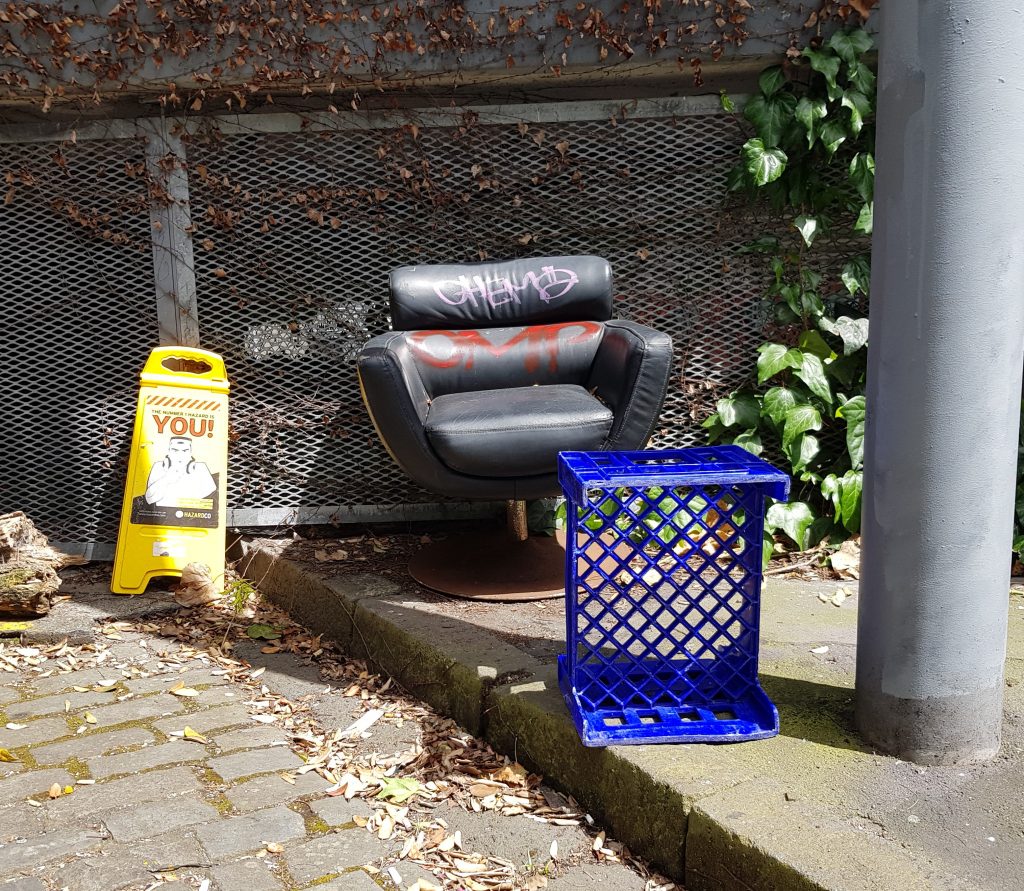
Finally I reached Quay Street and the southern shore of Waitemata Harbour, with its many docks and jaunty red lanterns. I was sent through a shipping container tunnel on to Customs Street East and then up the narrow Emily Street which turned me on a right angle, bringing me by complete surprise to one of my favourite spots on this trek.
This small hill – once much larger, but like Bell Hill it was quarried away and used as fill to reclaim land from the harbour nearby – is known in Māori as Te Rerenga-ora-iti or “the leaping place of few survivors”. A rather ominous name for such a lovely place, it refers to an event in about 1680 in which Ngāti Whātua lead by Kawharu attacked a group of Ngāti Huarere here and drove the defenders off a nearby cliff.
Happily for me those violent days were long past as I climbed the stone steps into the grove of venerable pōhutukawa, heavy limbs twisting and draping about a central monument, some propped up by struts.
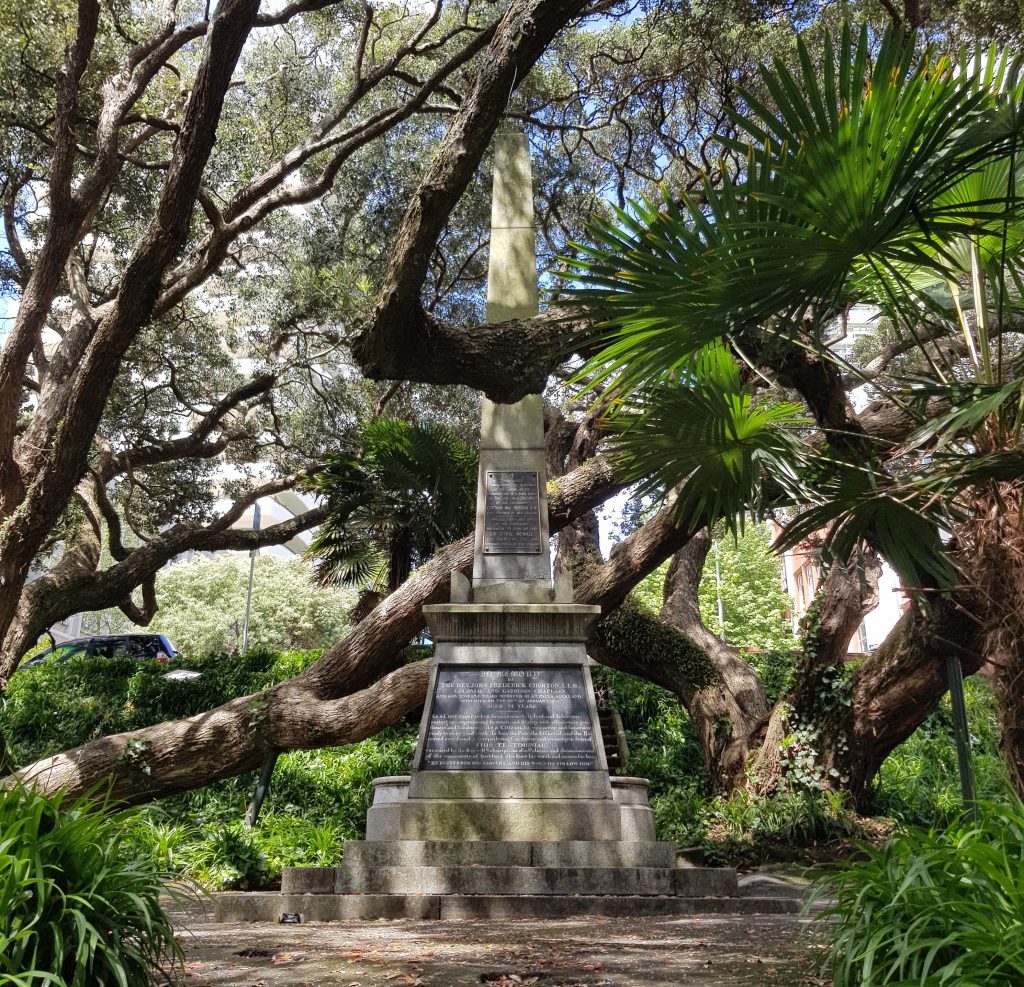
The memorial here is to Reverend John Frederick Churton, who arrived in New Zealand in 1840 and became colonial chaplain under Governor Hobson as well as the first minister of St Paul’s after Auckland was made the “colonial capital”. He died in 1853, while New Zealand as a nation was still in its infancy. His first memorial was erected here, near the first St Paul’s Church, but was dismantled after the church was demolished. After this place was made a reserve this – the second memorial – was erected in 1908, incorporating the original slate tablet.
Under other circumstances I might have hung around in this peaceful sanctuary, perhaps pulling out a book to read. But I still had a long way to go today, so I moved back out into the city, following Princes Street into the University of Auckland precinct. The next eye-grabbing sight was the Northern Club building, festooned in Virginia Creeper vines – themselves rather historic, having been planted in 1927.
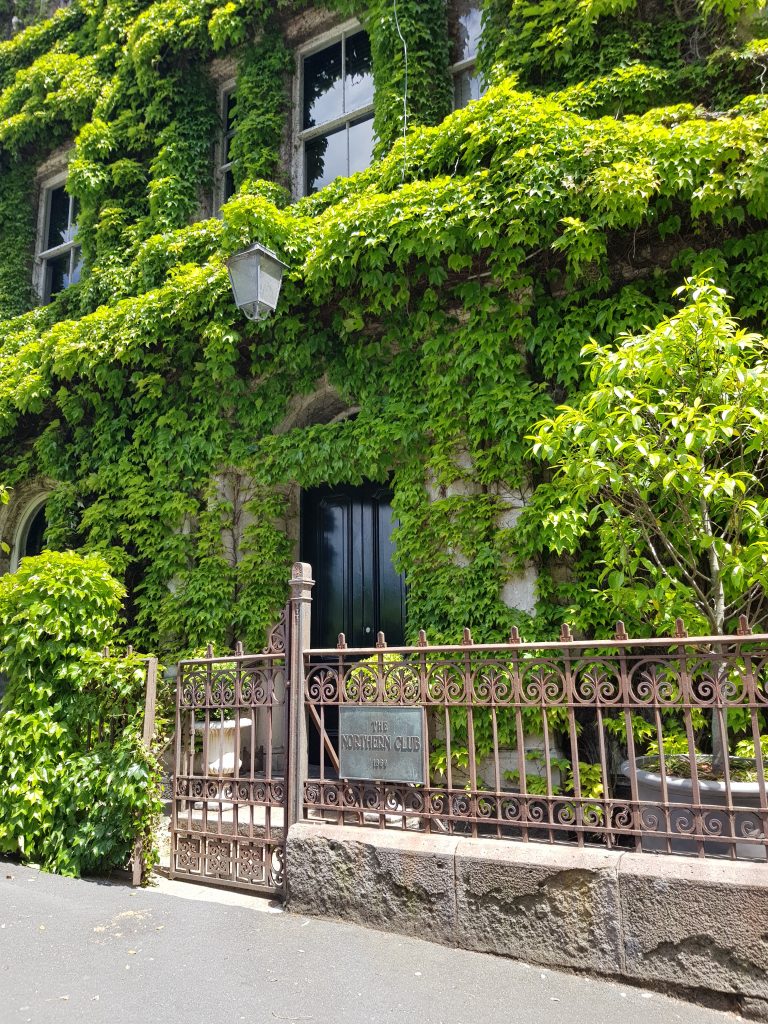
Originally built as a hotel, this building became the headquarters of the Northern Club after it was founded in 1869. The exclusive gentlemen’s club is still going strong today, though it has been slightly less exclusive since 1990 when it admitted the first woman member.
I continued along Princes Street, past Albert Park on the right, before being sent beneath leafy boughs down Alfred Street and Grafton Road.
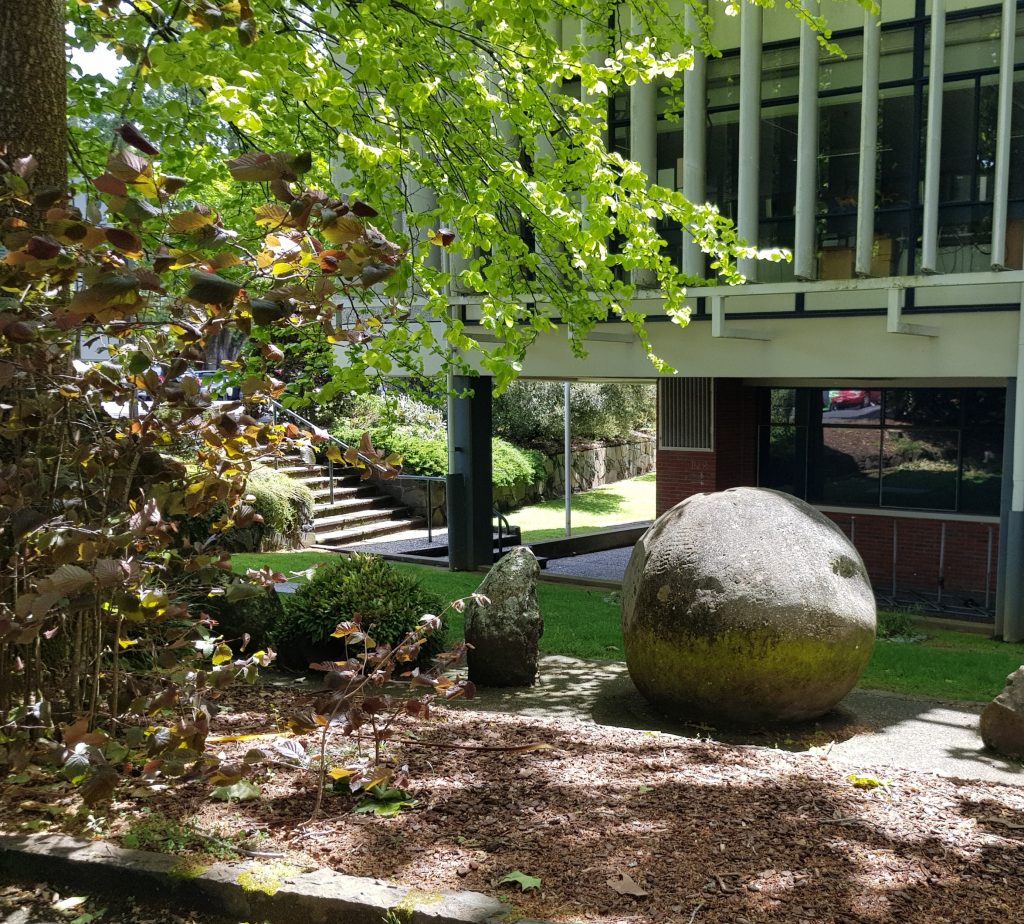
At this point I should have followed the trail through Auckland Domain but instead I detoured through the hospital to meet KL, for reasons explained previously. Past both hospital and Domain I crossed over State Highway 1 and slowly climbed Mountain Road past Auckland Grammar School with its impressive Spanish-style main building.
Then it was up into the green forest cladding the flanks of Mount Eden as I climbed slowly toward the summit. What I saw there was astonishing – I’d had no idea that this ancient volcano still boasts a deep and well-defined crater. Another thing supposedly visible here – though I didn’t know to look for it – is the old earth terraces dating from before 1700 when a fortified pa stood here.
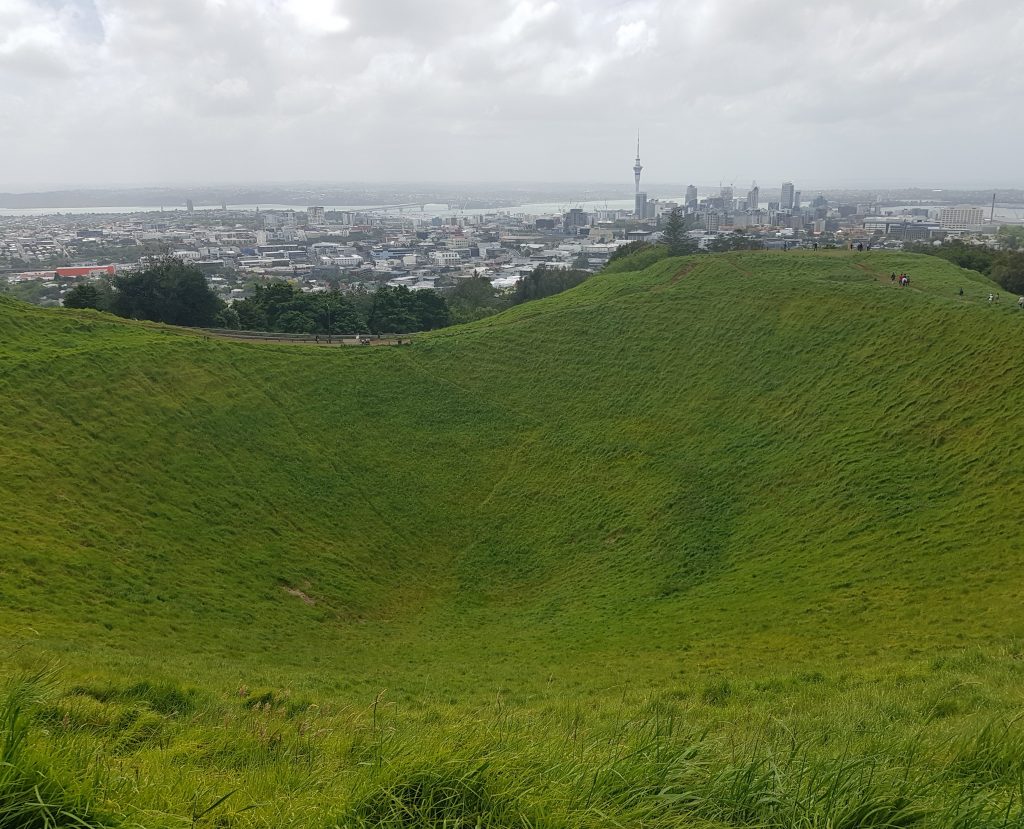
After a short rest I eventually found my way off the hill and down into the suburb of Epsom, the first truly residential area I’d encountered. Through the Auckland College of Education grounds and across the Melville Park sport ground I plodded to the semi-circular field at the entrance to Cornwall Park, which prominently features a large fountain and statue dedicated to John Logan Campbell, prominent early business man and original European owner of One Tree Hill, who later gifted this land to the government. Today the fountain wasn’t running, and was girt by fluoro safety fencing.
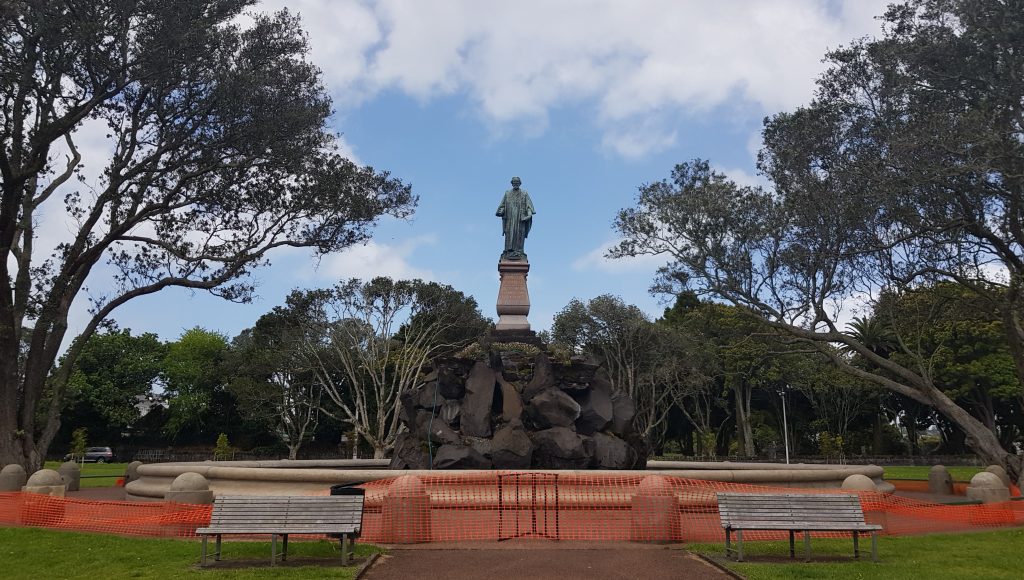
I passed between the stately stone gates and proceeded up the long, flat Puriri Drive. By now my traitorous feet were beginning to hurt, and the tree-lined avenue seemed to carry on forever into the distance. But I had come this far, and I was determined not to give up.
As I continued, I discovered something I had not at all expected to find in the heart of Auckland – a field of cows and their calves grazing peacefully against the backdrop of tall buildings and cranes endlessly building the city to ever more dizzying heights. Turns out this park has been running its own farm since the 1920s, featuring both sheep and cows. Also impressive was the smorgasboard of trees – 8000 of them with over 350 different species. Of course I didn’t have time to appreciate them all, but I did quickly note an impressive puriri, a wide spreading Moreton Bay fig, and a small grove of kauri.
Beyond the roundabout at the centre of the park lay John Logan Campbell’s olive grove, in which he’d planted some 5000 olive trees back in the 1860s in order to kick start a New Zealand olive oil industry. Unfortunately they bore poor quality fruit, so the trade never got off the ground. About 500 of the trees remain today, much better at looking pretty than at producing olives.

Now I entered One Tree Hill Domain and slowly the great obelisk hove into view. John Logan Campbell left the money to build this “memorial to Māori” on the assumption that the race would soon die out and therefore needed a monument to its memory. It was unveiled in 1948, although the Māori race stubbornly continues to exist even 70 years later. Perhaps it should be re-christened as a memorial to Pakeha hubris.
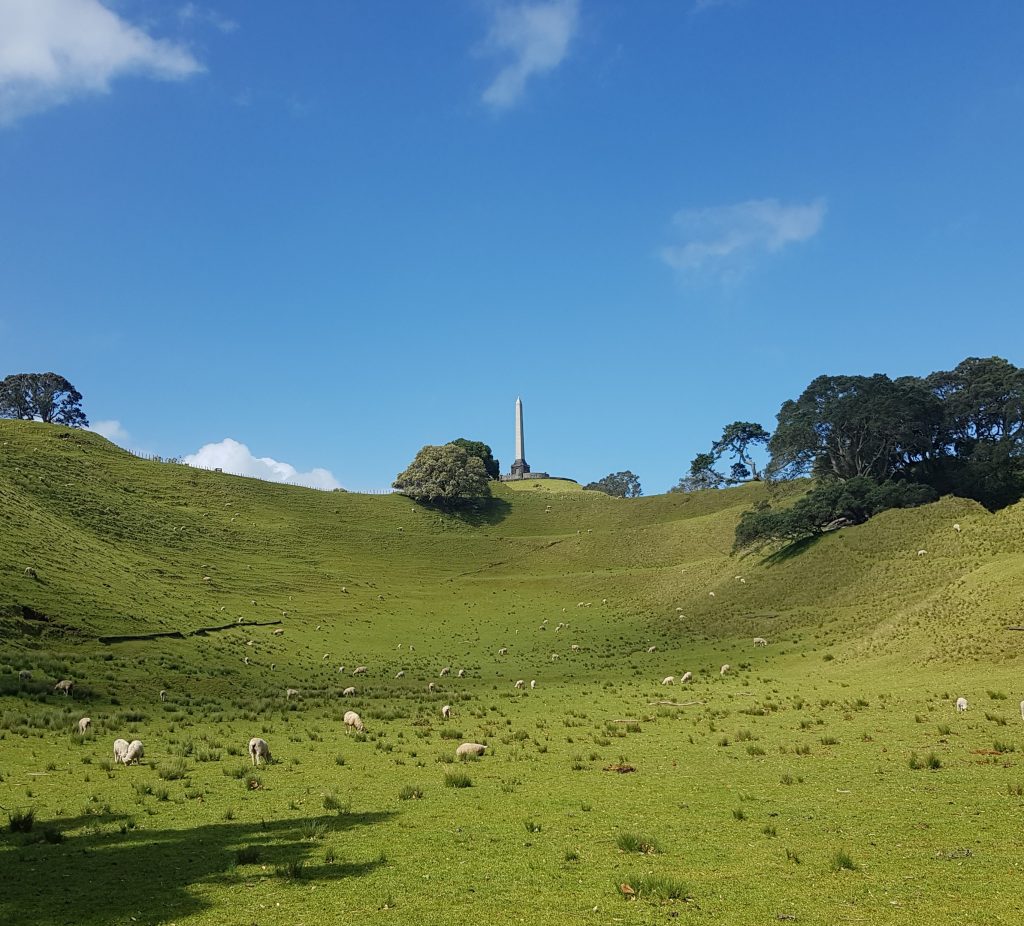
Still having a way to go, I chose not to climb the 182m summit myself in order to pay my respects to the not-yet-dead race or the man himself, who lies buried beneath. Instead I made my way through a sheep paddock and out again into the bustle of Manukau Road. I was now heading into the suburb of Onehunga, signalling the final phase of my journey.
The last green area I was directed to cross was Jellicoe Public Park, which is entered via a rustic arch of local scoria, built several years after the park was opened by its namesake himself, Governor-General Lord Jellicoe. The arch is dedicated to the soldiers of the First World War.
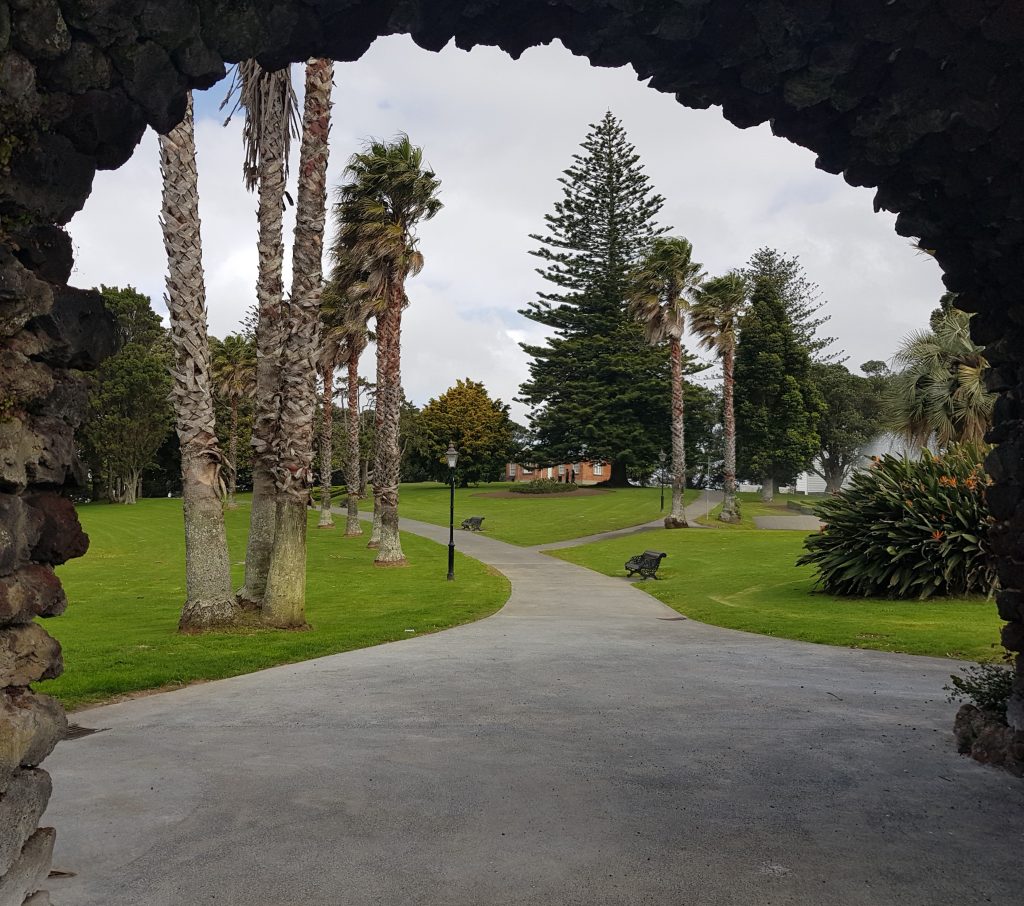
I dodged the sprinklers through the park, apparently completely missing a historic blockhouse, and scurried down the last few residential lanes to the shore line. I’d done it! I’d walked all the way from the Pacific Ocean to the Tasman Sea! My poor feet were screaming, but I’d done it.
Now only one final challenge remained – as my hotel was still six kilometres away in Māngere to the south. Though the coast to coast walk was supposedly 14km, my phone was telling me I’d somehow managed to do 25 already today.
Still, I hobbled down the coast until I reached the Old Māngere Bridge, and as it turns out, in the nick of time! For I made this crossing on the 4th of November 2018, and the bridge was closed for good on 25 November due to safety concerns, ending a long 104 years of service.
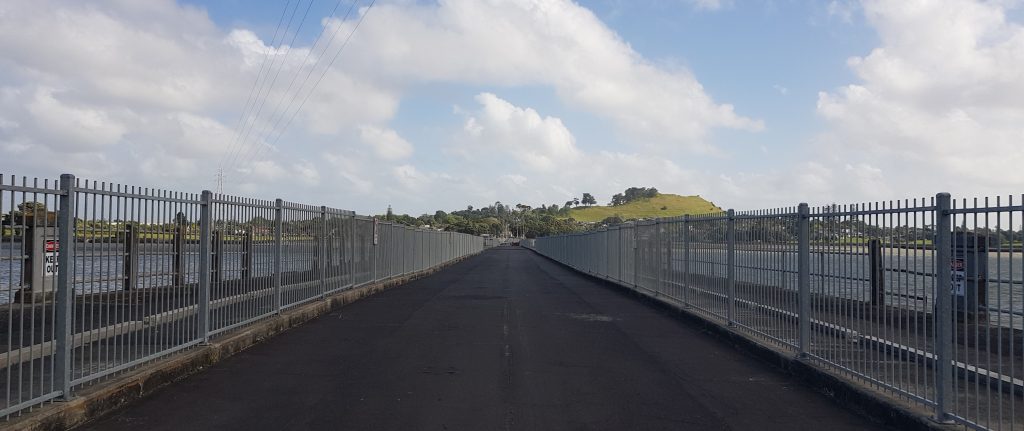
By the time I reached the far shore I had just about had it with walking. Luckily the Journey Planner came to my rescue once again, and I had only to limp another 900m to catch the bus back to my lodgings.
By the time I had my feet soaking in a warm tub I was ready to reflect on my journey. Auckland had surprised me with its abundance of green places and peaceful nooks where I’d expected only bustle and skyscrapers. My big-city assumptions had been challenged, though I had no time to dig deeper to figure out what Auckland is truly all about. Tomorrow I’d leave the volcanic peaks in my rear view mirror and head south toward more familiar lands.
References:



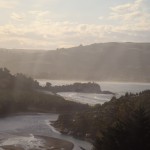
Hi! Enjoyed your story and seeing photos of places I haven’t seen for a long time now. I lived in Mangere Bridge for a few years, way back. This morning I’ve forwarded via email an enquiry to Susan from NYC Food Waste Fair that came in to me via my contact page. I hope she gets it ok.. if you get the opportunity would you check with her that she’s got my email? Many thanks, Liz
Hi Liz! Sorry for the late response – mum’s been unwell in hospital and hasn’t had access to the internet. Any chance you could forward it on to me (amanda@nunn.nz) to bring to her?
I’ve just read your latest post Amanda and thought I’d check back here – glad I did. I got a shock to know that your mum’s been unwell – when I didn’t hear back I just assumed she’s got lots of things going on. My thoughts and best wishes for a speedy recovery for your mum. I’ll look out that message again and get it off to the address you’ve given me. Take care.